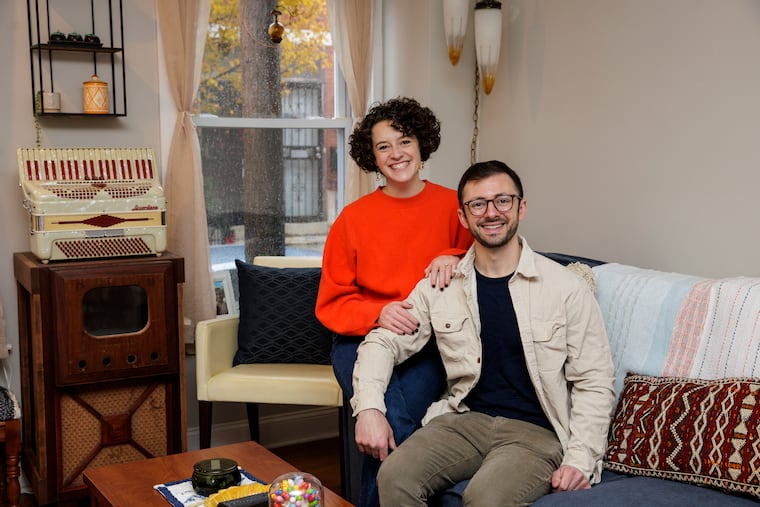NYC Enhances Public School Security Measures to Improve Overall Public Safety
A recent incident involving a stabbing at a middle school in Queens has highlighted ongoing concerns regarding safety measures in New York City public schools. The event unfolded on March 13, when violence erupted at a nearby playground, leading to the stabbing of an intervening father by an assailant wearing a ski mask. Following this attack, the suspects fled into the school, raising critical questions about school security protocols. The immediate response provided by the school staff indicated a significant lapse: the school’s buzzer system was broken, allowing the trespassers to enter the premises with ease.
In response to the increasing incidents of violence in and around schools, the New York City Department of Education (DOE) has instituted a new security measure known as the Safer Access plan. Announced in May 2023, this initiative aims to tighten security protocols and protect students and faculty. The program was rolled out after an alarming incident at P.S. 28 in Corona, where an intruder accessed the school by impersonating an after-school participant.
The Safer Access plan involves a substantial investment of million earmarked for the installation of security cameras, intercom systems, and reinforced locks on school doors. Importantly, the plan mandates that all external doors remain locked outside of designated entry and dismissal times. Visitors must now announce their presence via intercom, thereby enhancing overall security.
Despite these developments, there remains a palpable sense of unease among parents and educators regarding the efficacy of these measures. Reports indicate a rise in violent incidents linked to school environments, including a shooting outside Williamsburg Charter School earlier in the year, which left multiple individuals injured. This has prompted parents to express their dissatisfaction with the Safer Access plan, voicing concerns that the locked doors may endanger students who arrive late and are unable to gain entry swiftly.
Meanwhile, some officials openly acknowledge their uncertainty regarding the plan’s effectiveness. Thomas Sheppard, a member of the New York City Panel for Education Policy, has indicated a lack of information regarding the plan’s real-world impact. Such admissions highlight the need for comprehensive data and feedback mechanisms to evaluate and refine security strategies.
It is critical for policymakers to adopt a proactive stance that includes parental input and community feedback when formulating security measures. Establishing accessible reporting systems, such as a dedicated hotline for safety equipment malfunctions, could empower parents and guardians to engage more actively in safeguarding their children’s educational environment.
The broader context of school security is shaped by the tragic legacy of gun violence in American schools. Since the columbine tragedy in 1999, more than 390,000 students have faced gun-related incidents within educational settings. This alarming statistic underscores the urgent necessity for lawmakers to intensify efforts to protect the sanctity of public schooling.
The discourse surrounding public safety in New York City’s schools is far from over. Community members, educators, and policymakers must collaborate to implement effective strategies that ensure the safety and well-being of students and faculty alike. Concerted efforts to tackle these pressing issues will be vital for fostering a secure learning environment in the city’s public schools.







